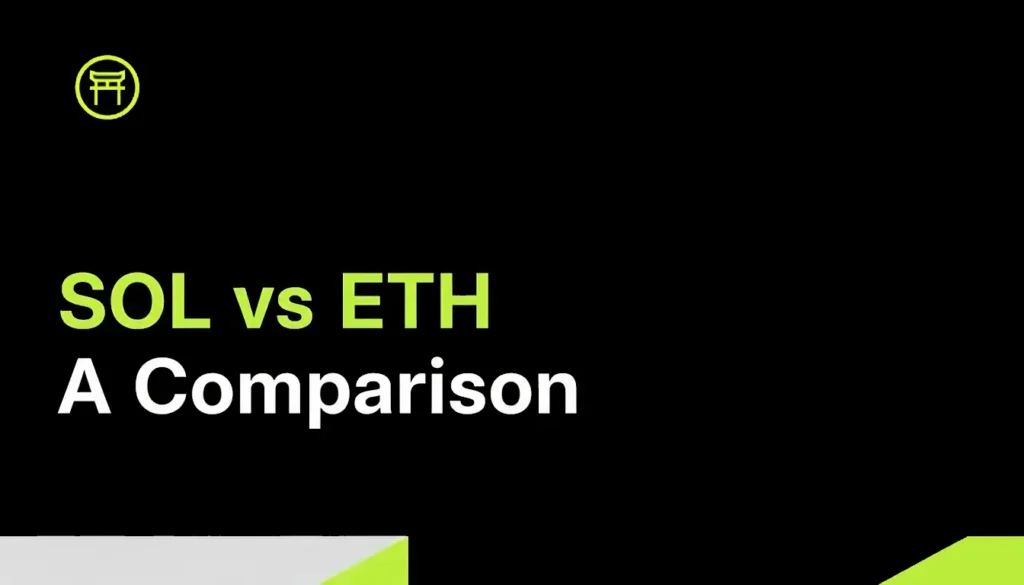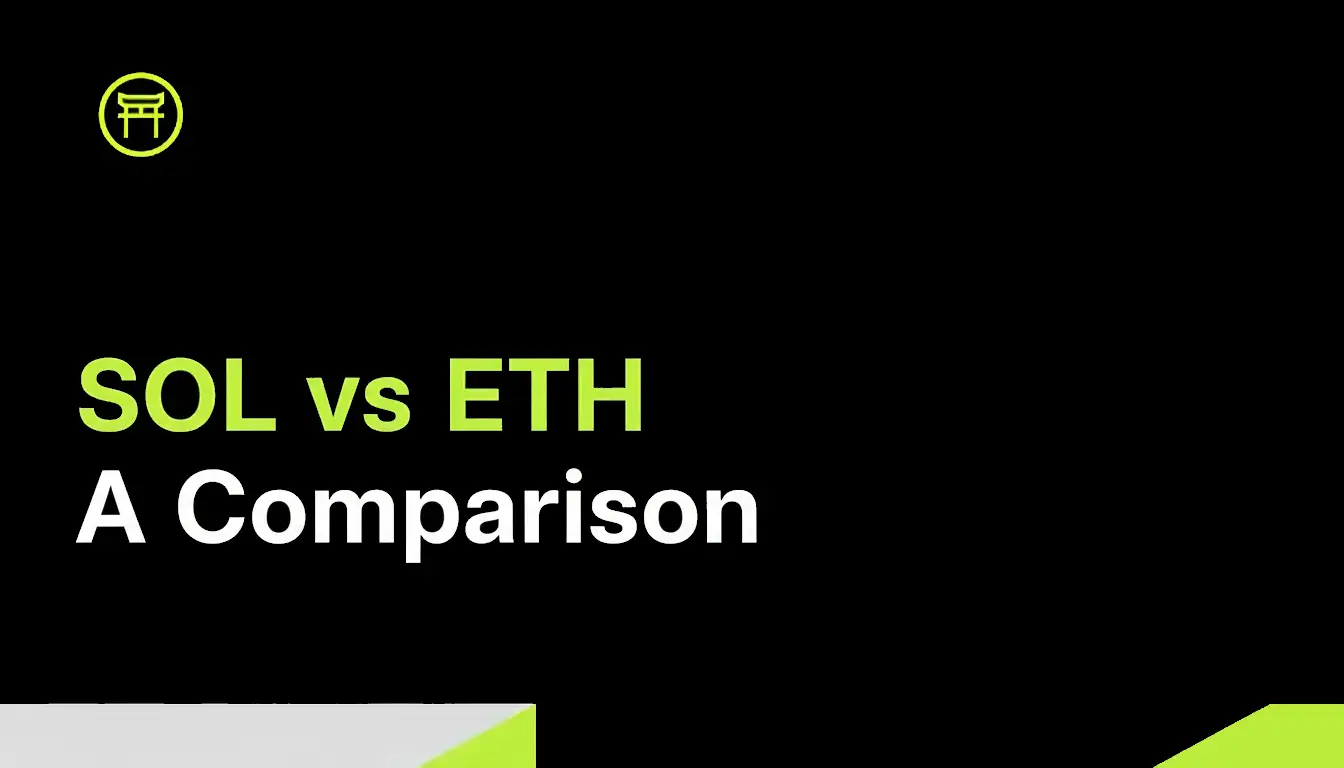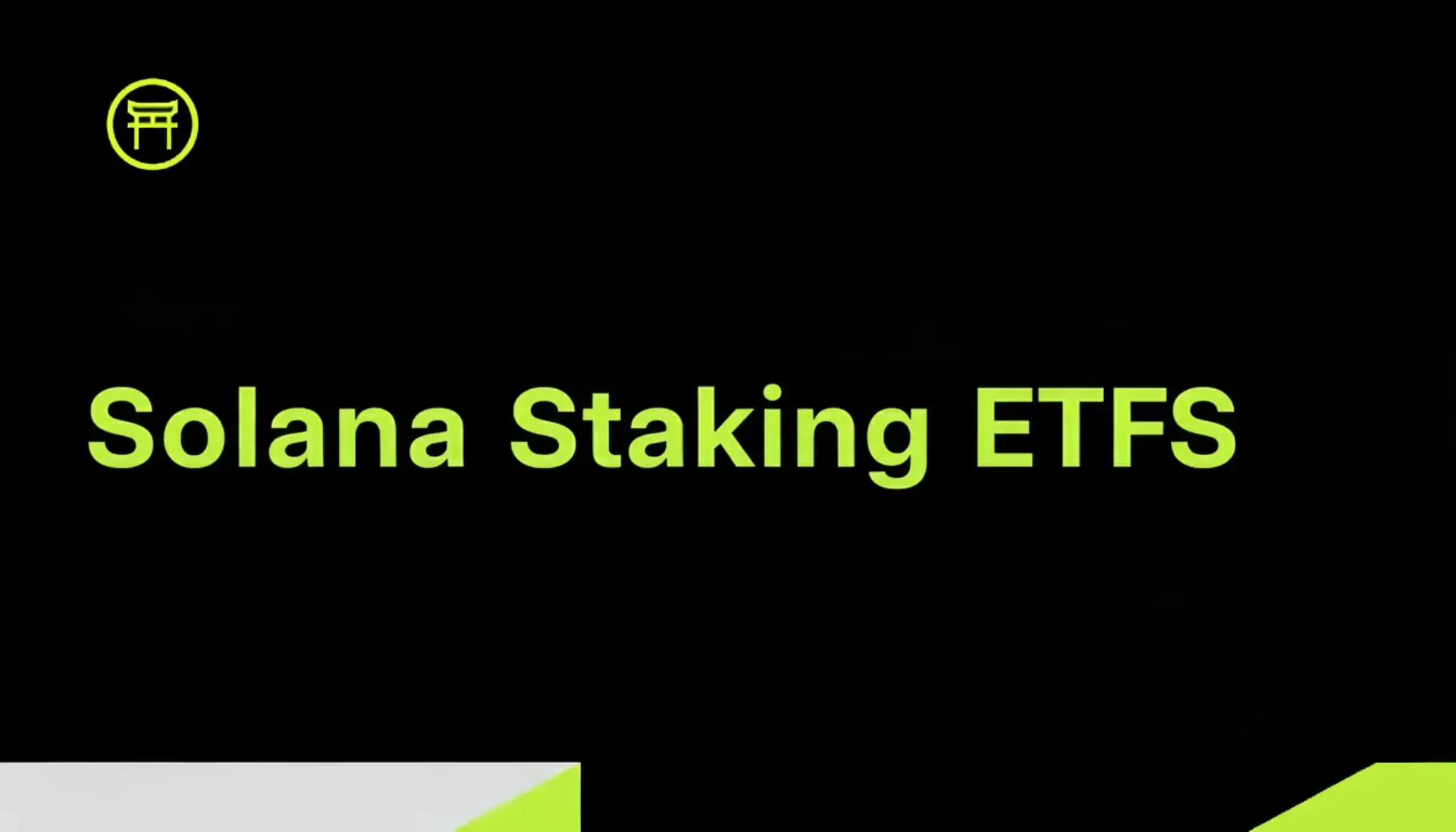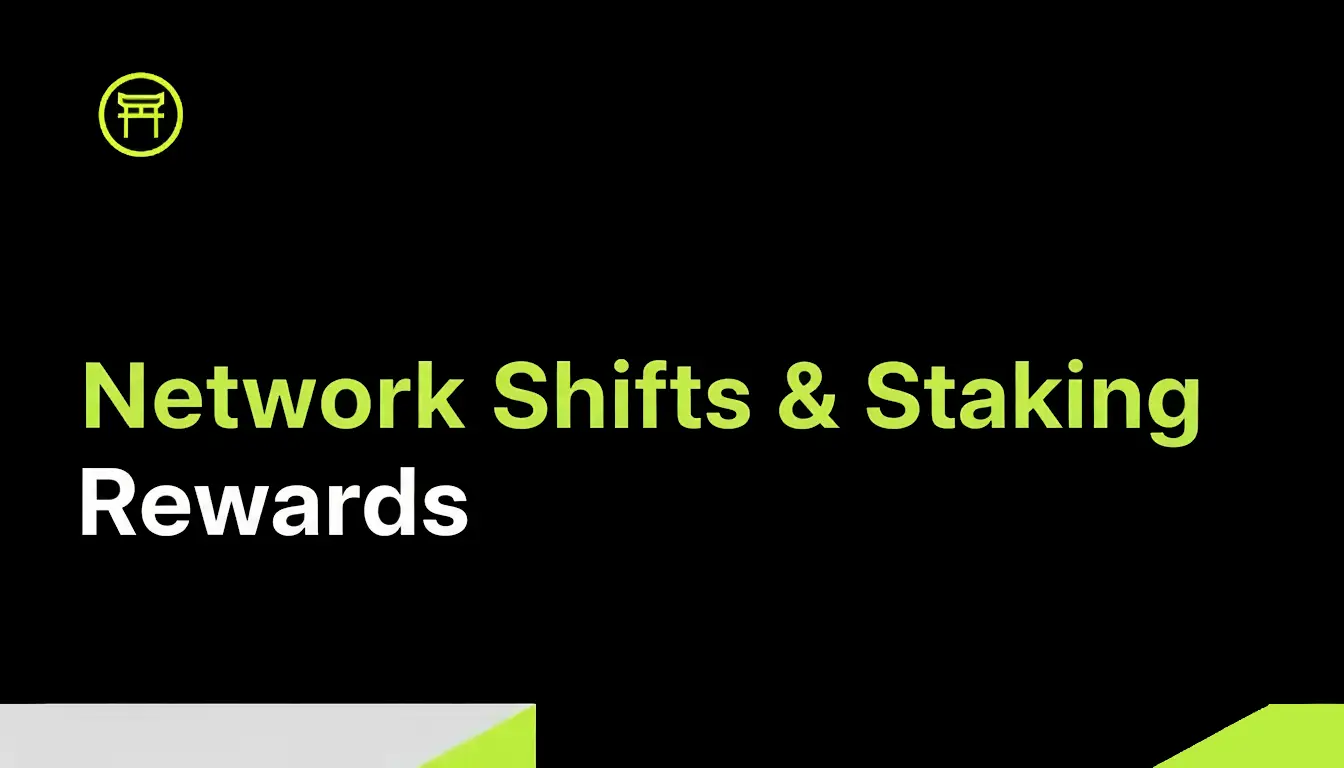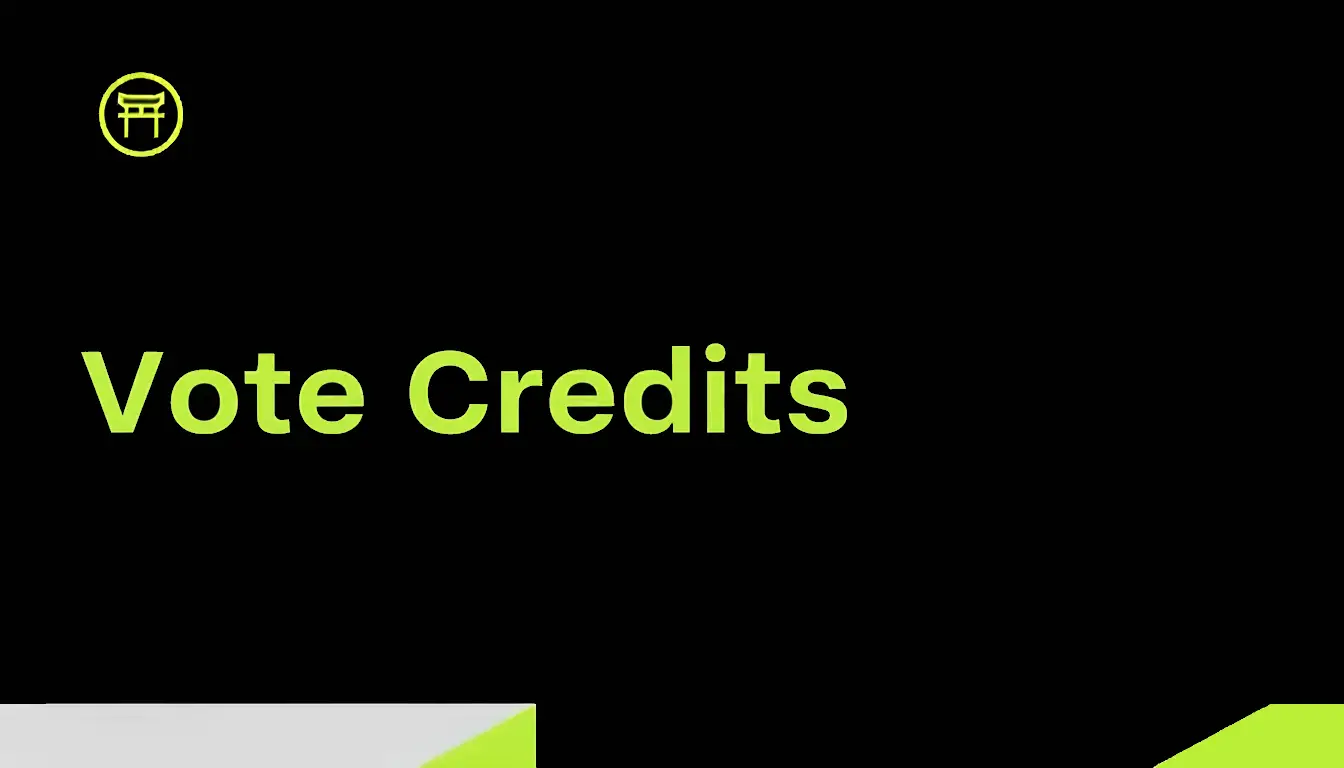Solana and Ethereum are two of the most prominent smart contract platforms in the blockchain ecosystem, each offering unique strengths and addressing distinct use cases. While Ethereum has established itself as the pioneer and leader in decentralized applications (dApps) and smart contracts, Solana has emerged as a high-performance alternative with unparalleled speed and cost efficiency. This article provides a detailed comparison of the two platforms, examining transaction speed, costs, developer tools, and ecosystem growth, along with notable projects that illustrate their capabilities.
1. Transaction Speed
Ethereum
• Current State: Ethereum operates on the Proof of Stake (PoS) consensus mechanism after the Ethereum 2.0 merge. While this upgrade improved energy efficiency and scalability, the network’s transaction throughput remains limited to around 15–30 transactions per second (TPS) due to its reliance on Layer 1 processing.
• Scaling Solutions: Ethereum relies heavily on Layer 2 solutions like Optimism, Arbitrum, and zk-Rollups to achieve higher speeds and reduce congestion.
Solana
• Speed Advantage: Solana’s unique Proof of History (PoH) mechanism, combined with Proof of Stake (PoS), enables the network to process up to 65,000 TPS under optimal conditions.
• Real-Time Finality: Transactions on Solana achieve finality in just 1–2 seconds, making it one of the fastest blockchains for real-time applications.
Key Takeaway: While Ethereum’s modular design prioritizes security and decentralization, Solana’s monolithic architecture delivers unmatched speed and low latency.
2. Transaction Costs
Ethereum
• Gas Fees: Transaction costs on Ethereum fluctuate based on network demand. During periods of congestion, fees can soar to $10–$100 per transaction, making it expensive for users and developers.
• Layer 2 Relief: Solutions like Polygon and Arbitrum help reduce fees, offering transactions for a few cents to a few dollars.
Solana
• Cost Efficiency: Solana transactions average $0.00025, making it highly affordable for users and developers, even during periods of high demand.
Key Takeaway: Solana’s low-cost model significantly lowers barriers to entry for users and projects, especially in DeFi and gaming, where frequent transactions are common.
3. Developer Tools and Ecosystem Support
Ethereum
• Maturity: Ethereum has a well-established development environment, with tools like Truffle, Hardhat, and Remix making it easier for developers to build and deploy dApps.
• Smart Contract Language: Ethereum uses Solidity, a dedicated language designed for secure and functional contract development.
• Community and Resources: Ethereum has a vast and active developer community, with extensive documentation and support for newcomers.
Solana
• Innovative Framework: Solana uses Rust and C for smart contract development, which are more complex but offer better performance and memory safety.
• Tooling: Solana provides tools like Anchor, a framework that simplifies the development of Rust-based smart contracts, though it is less mature compared to Ethereum’s ecosystem.
• Rapid Growth: Solana’s ecosystem has seen exponential growth, with increasing resources and a growing number of developers entering the space.
Key Takeaway: Ethereum boasts a more established and user-friendly developer environment, while Solana’s tools are improving rapidly to accommodate its high-performance architecture.
4. Ecosystem Growth
Ethereum
• Pioneering dApps: Ethereum hosts the majority of dApps, including Uniswap, Aave, and OpenSea, which dominate their respective domains of DeFi and NFTs.
• Network Effect: Ethereum’s early start and large user base have created a self-reinforcing ecosystem of developers, users, and institutional adoption.
Solana
• Emerging Powerhouse: Solana has seen significant growth, particularly in DeFi and NFTs. Projects like Jupiter, Kamino, Sanctum, and Hivemapper exemplify its capabilities.
• Institutional Interest: Solana has attracted notable institutional players and venture capital backing, fueling its ecosystem’s expansion.
Key Takeaway: Ethereum leads in terms of maturity and adoption, but Solana’s high-performance capabilities have enabled it to rapidly gain ground, particularly in areas requiring fast and affordable transactions.
5. Examples of Notable Projects
Ethereum Projects
1. Uniswap: A decentralized exchange leveraging Ethereum’s robust security and liquidity.
2. Aave: A lending and borrowing platform offering a wide range of financial instruments.
3. OpenSea: The largest NFT marketplace, capitalizing on Ethereum’s network effect and composability.
Solana Projects
1. Jupiter: A leading aggregator for decentralized exchange liquidity, showcasing Solana’s high-speed infrastructure.
2. Kamino: A next-gen automated vaults protocol for DeFi strategy optimization.
3. Sanctum: A platform specializing in liquid staking tokens (LSTs) on Solana, facilitating the creation, trading, and management of LSTs to enhance liquidity and staking efficiency.
4. Helium: A decentralized wireless network that migrated to Solana for improved performance and cost-effectiveness.
5. Hivemapper: A decentralized mapping platform incentivizing user contributions through token rewards.
Conclusion
Both Ethereum and Solana are powerful smart contract platforms, but they serve distinct use cases. Ethereum’s maturity, decentralization, and vast ecosystem make it a reliable choice for complex, high-value applications. On the other hand, Solana’s speed, low costs, and scalability position it as the ideal platform for high-frequency applications like DeFi, gaming, and NFTs.
Choosing between Ethereum and Solana depends on project requirements. For developers prioritizing decentralization and long-term ecosystem stability, Ethereum remains a top choice. However, for projects requiring real-time transactions and cost efficiency, Solana provides unparalleled performance and a growing array of opportunities.
